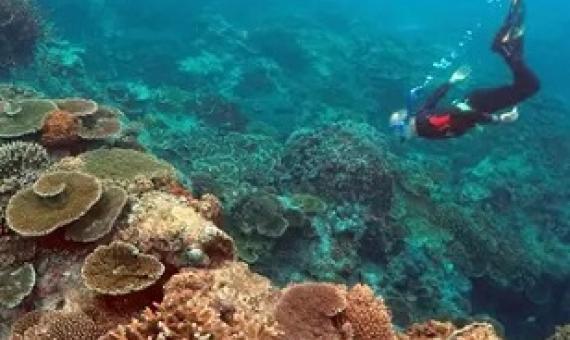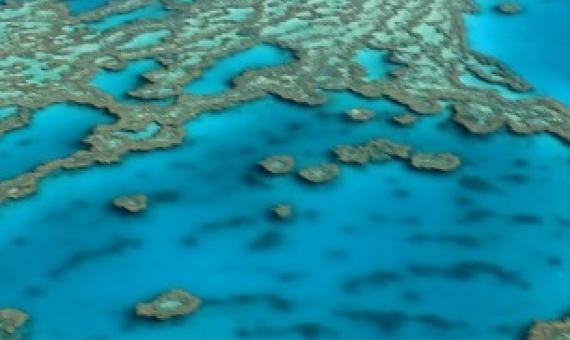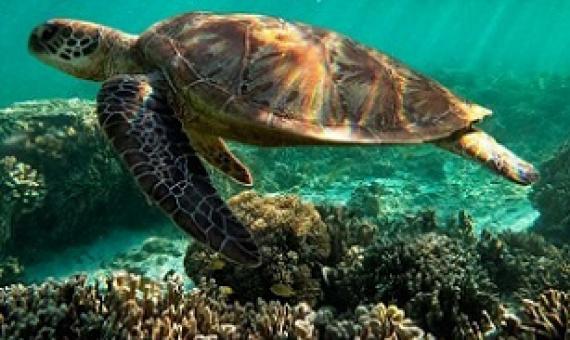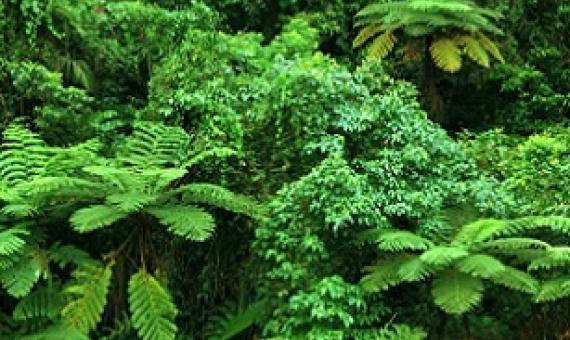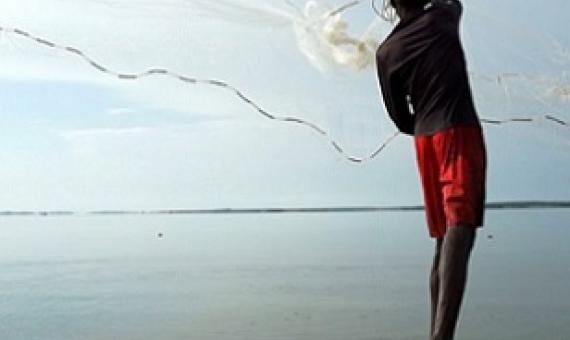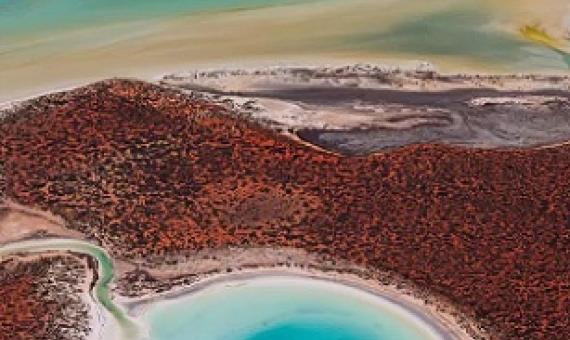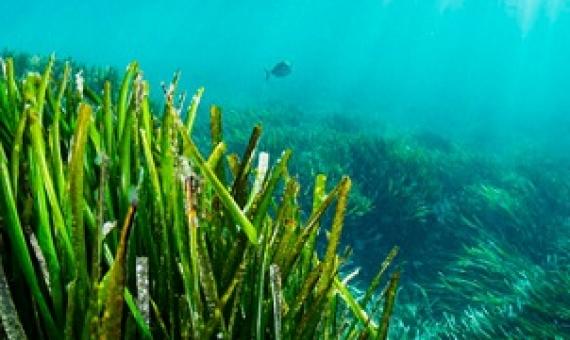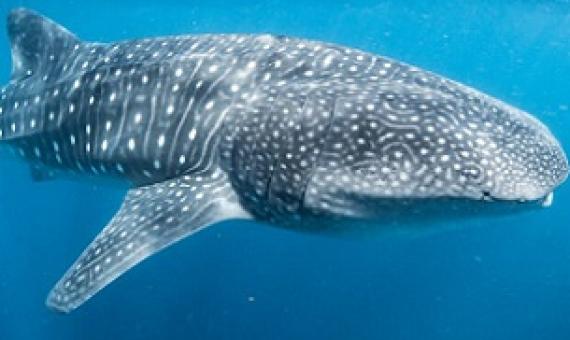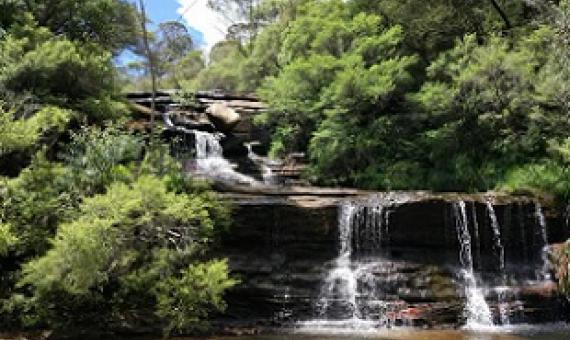Australia is demanding world heritage experts carry out a monitoring mission to the Great Barrier Reef before an international committee decides if it should be placed on a list of global sites in danger.
Australia said Tuesday it will fight against plans to downgrade the Great Barrier Reef’s World Heritage status due to climate change, while environmentalists have applauded the U.N. World Heritage Committee’s proposal.
Australia's government has lashed out after a United Nations report claimed it had not done enough to protect the Great Barrier Reef from climate change. UN body UNESCO said the reef should be put on a list of World Heritage Sites that are "in danger" due to the damage it has suffered.
The Wet Tropics of Australia — rainforest stretching 450 kilometres along Queensland’s coastline — is renowned for its vast array of wildlife and ancient plant species. It’s little wonder the rainforest is recognised as a UNESCO World Heritage Site, one of 20 in Australia.
Spread across 37 nations from the tropics to the poles, the 50 UNESCO marine World Heritage sites are among the ocean’s most productive waters.
Custodians of the globe’s blue carbon assets
Over the last decades scientists have discovered that seagrass meadows, tidal marshes, and mangroves – “blue carbon” ecosystems – are among the most intensive carbon sinks in the biosphere. By sequestering and storing significant amounts of carbon from the atmosphere and ocean, blue carbon ecosystems help mitigate climate change. But conversion and degradation of these ecosystems can also release billions of tons of CO2 and other greenhouse gases into the ocean and atmosphere and contribute to global warming.
A report from the United Nations Educational, Scientific, and Cultural Organization (UNESCO) states that six marine World Heritage Sites in Australia are among the largest carbon stores on Earth and reinforces the need for greater conservation efforts. Out of all the UNESCO sites,
Last week, UNESCO released the first global scientific assessment of its World Heritage marine sites’ blue carbon ecosystems, highlighting the critical environmental value of these habitats.
The World Heritage Listed Ningaloo Coast generates more than 1000 jobs for its local community and contributes over AU$100 million to the economy of Western Australia.
Twenty years ago, UNESCO inscribed the greater Blue Mountains area on the World Heritage List for having “outstanding universal value”...But after fires ripped through 71% of the greater Blue Mountains area, the condition of the World Heritage site has officially been dow

